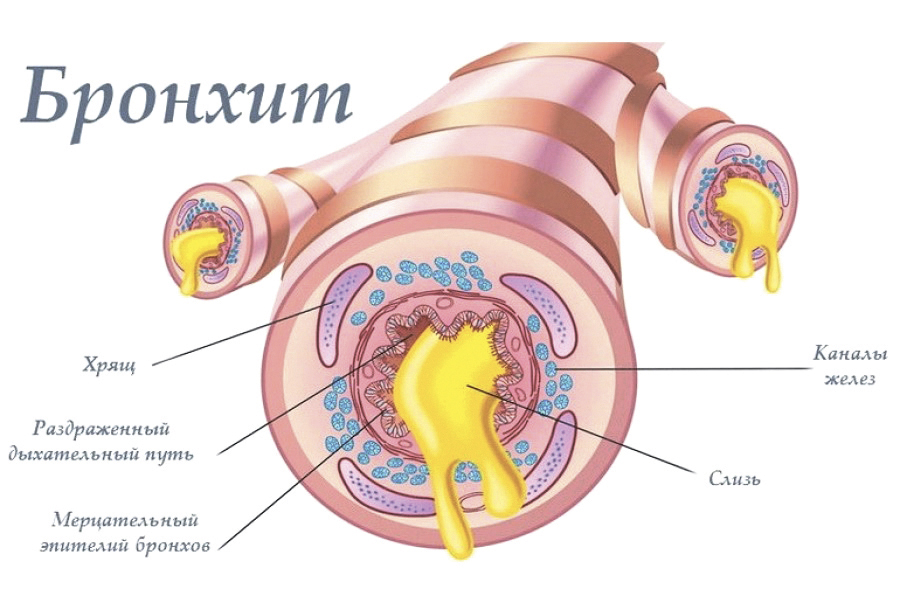Introduction:
Amphetamine, a potent central nervous system stimulant, captivates researchers and enthusiasts alike with its intricate molecular structure and diverse pharmacological effects. In this article, we embark on a journey through the chemical intricacies of amphetamine, shedding light on its structural features and functional properties.
The Structural Blueprint:
At its core, amphetamine boasts a chemical structure characterized by a phenethylamine backbone adorned with a methyl substituent at the alpha carbon position. This simple yet elegant arrangement underpins its remarkable pharmacological potency and structural versatility.
Comparative Analysis with Related Compounds:
In comparison to structurally similar compounds such as methamphetamine and phenethylamine, amphetamine occupies a unique niche, offering a balance between stimulating effects and therapeutic utility. Its distinct molecular architecture endows it with a spectrum of effects ranging from increased alertness to euphoria.
Pharmacological Mechanisms:
Amphetamine exerts its effects primarily through the release of monoamine neurotransmitters, including dopamine, norepinephrine, and serotonin, from presynaptic neurons. This mechanism of action leads to enhanced neurotransmission and arousal, contributing to its stimulant properties.
Synthesis and Production:
The synthesis of amphetamine encompasses various routes, ranging from straightforward chemical transformations to more elaborate multistep syntheses. Despite its synthetic origins, amphetamine has found extensive use in medicine for conditions such as attention deficit hyperactivity disorder (ADHD) and narcolepsy.
Here you can read more about amphetamine structure.
Exploring Therapeutic Applications:
Beyond its reputation as a recreational drug, amphetamine-based medications play a crucial role in the management of neurological and psychiatric disorders. When used judiciously and under medical supervision, these compounds offer relief from symptoms and improve quality of life for countless individuals.
Conclusion:
As we navigate the intricate landscape of amphetamine, we encounter a molecule of remarkable complexity and versatility. From its elegant structural design to its diverse pharmacological effects, amphetamine continues to intrigue and inspire researchers, clinicians, and enthusiasts alike, serving as a testament to the enduring fascination with the intersection of chemistry and neuroscience.
Information for preparing this article was taken from the site: https://en.wikipedia.org/wiki/Amateur_chemistry


